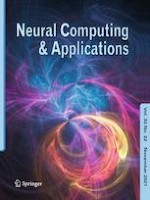21.06.2021 | Original Article
ODBOT: Outlier detection-based oversampling technique for imbalanced datasets learning
Erschienen in: Neural Computing and Applications | Ausgabe 22/2021
EinloggenAktivieren Sie unsere intelligente Suche, um passende Fachinhalte oder Patente zu finden.
Wählen Sie Textabschnitte aus um mit Künstlicher Intelligenz passenden Patente zu finden. powered by
Markieren Sie Textabschnitte, um KI-gestützt weitere passende Inhalte zu finden. powered by
